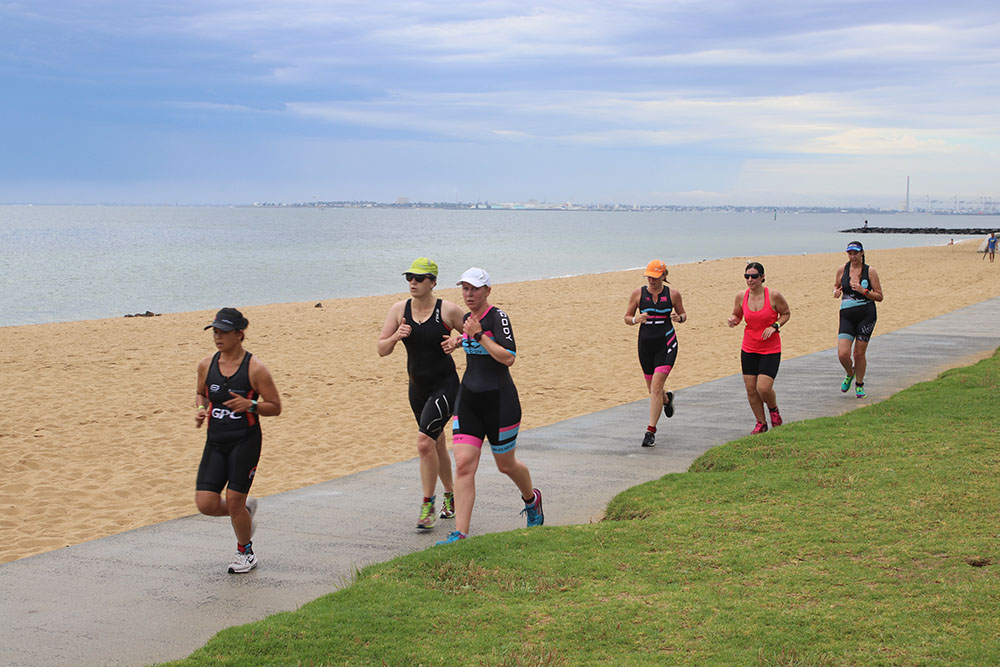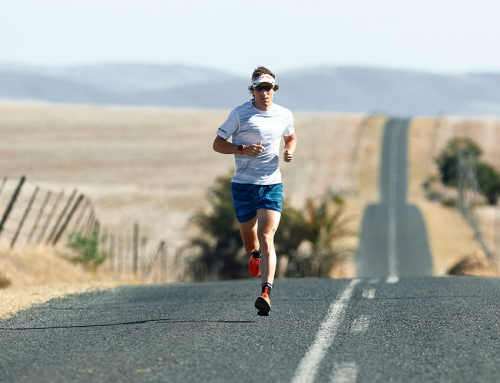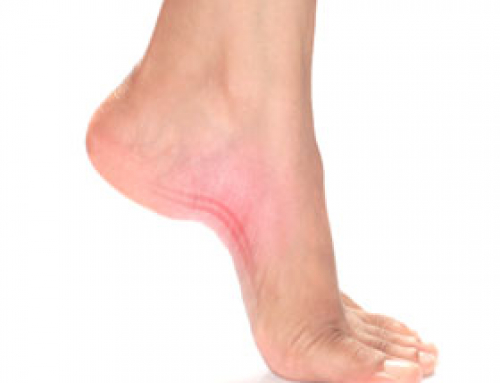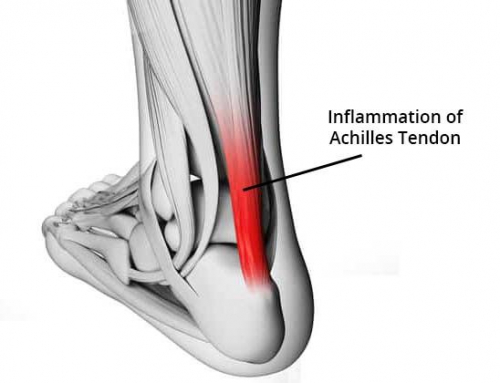8 Factors For Reaching Your Running Potential
I think we can all agree that there’s some common knowledge about running that most of us have a good grasp on. For most part, to become a faster runner our training needs to include fast runs, long runs, easy runs etc. All the magazines teach us that rest days should follow hard days and we’re taught unofficial rules about increasing mileage and not wearing new gear on race day but what about the lesser known tips? There are little things that only the more experienced runners might know. Things that they’ve picked up from running with older legends of the sport or through reading autobiographies of the greats. There’s also plenty of research going into running performance that’s helping the new school teach the old school. We’ve thrown the question to jack of all trades runner (track, trail, ultra, XC and road) and owner of The Running Company Ballarat, Julian Spence. Below, Julian has listed 8 pieces of advice that he hopes might find their way into your weekly training.
-
Slow down to go faster
The most common fault that I see with middle to back of pack runners is the pace that they run their easy runs at. The easy run should be run at a relaxed, conversational pace. For example, a 4hr marathoner or 25min Parkrunner should not be running any faster than 6:00 min/km for their easy running. By running too fast, your heart rate will increase outside of the zone that’s best for aerobic training and into the lactic threshold zone. It might be ok for 1 or 2 runs per week at this intensity, but can seriously limit your aerobic development if you run in that zone every day. An easy run that is performed too fast can also ruin your ability to recover. Easy days should follow harder training days and if you’re working too hard on the easy day, your body won’t get the recovery it requires and you’ll break down with injury or fatigue.
-
The most boring thing is also the most important
All of the top coaches and athletes in the world agree that the single most important factor in improving fitness is consistent training. It’s boring, unglamorous and very much blue collar but consistency is the main piece of machinery required to build a long distance running engine. Patience, gradual load progression and sufficient recovery practices allow a runner to link days, weeks, months and years together to form the base of a fitness pyramid in which specific training programs are built on. Consistency should form the cornerstone of a training program and if another element of your running is starting to compromise how consistent you are, it needs to be managed. For instance, if you are doing hard weights training that force you to take 2 or 3 days off for recovery or you find you sprain your ankle often during trail running forcing you to rest for a week then you’re compromising consistent training. Back it off.
-
You get fit in your sleep
When we do strength training, our muscles don’t grow right there and then in the gym. You might feel super buffed as you walk out the door but it’s during periods of rest that the real adaptions take place
. It’s the same for runners. The long runs and hard workouts are placing stress on certain processes of the body. The body recognizes that these stresses could be harmful or degenerative, proceeds to adapt itself by building muscle, increasing mitochondria, etc. and is therefor more adept at handling that stress next time around. Rest and recovery is paramount for these adaptions to occur and sleep is a runners greatest tool for rest. There are plenty of methods and strategies to improve your QUALITY of sleep but QUANTITY is also very important. You’ll be surprised at the fitness gains that you get when you’re adding an extra hour or two sleep per night.
-
Short and sharp isn’t just for sprinters
There are many reasons why people run. Some run for relaxation, a kind of meditative activity. Others run for social reasons or to improve their health and wellbeing etc. For those trying to improve their times or become stronger runners, incorporating speed training into your week can work wonders. This isn’t a set of longer intervals or tempo pace runs it’s TRUE speed work – close to sprinting pace. The reps should be NO longer than 20-30 seconds and the rest periods should be dictated by if you feel ready to sprint again, not by a designated time period. Doing these sprints up a hill is even more beneficial. The workout can help with: recruitment of your fast twitch muscle fibres, neuromuscular patterns, VO2 max and stride efficiency. True speed work also is a strength workout that builds specific strength in your glutes, hamstrings, quads and calves!
-
Find a workplace
Have you ever taken your work home to do it on the couch in the living room? Or gone out to a park and tried to write a Uni essay or do a work project? It never works like you planned it to! You may put it down to external distractions but the main reason is that you psychologically aren’t in the ‘zone’ to do work in these locations. In contrast, when you get to your office or school desk, you ‘switch on’ and can focus and concentrate on the task at hand. We can use this psychology for running! If you’re doing some intervals, tempo work, speed training etc. try and find a location that is different from where you do your easy recovery runs. This location doesn’t have to be picturesque or scenic, it might be a road loop in a quiet suburb or after hours in the industrial estate. Maintain the same routine of warm up, changing shoes, strides etc. every time you ‘go to work’. This will make it easier to get in the zone and focus on the task at hand, which in turn leads to improved efficiency and performance.
-
Learn your body
How many of us run with a GPS watch? Do you have the pace setting showing? Does it buzz at you each kilometer to tell you how fast you’re going?
I’d say 90% of runners throughout different groups that I run with use GPS and track their paces for training and racing. There seems to be an unhealthy trend in running at the moment in which the watch determines the pace of the run and not the runner. I call it ‘keeping your watch happy’. Runners are focusing much more the feedback from their watch and not the feedback from their own body!
Sure, GPS is great for tracking distance and monitoring your training progressions but many people are becoming consumed by the data from their watch. Instead of recognizing the feedback that the body is giving them, they’ll focus on the data displayed on their watch. This leads to pushing hard when into a head wind, uphill or too fast in general when their bodies are telling them that it’s not sustainable!
Similarly, your watch might tell you you’re running faster than you ‘should’ be but you’ve miscalculated your own fitness and you finish well within yourself.
Bottom line – If the watch holds more power over your pacing than your own body, you’re never going to run to your full potential because you’re placing external limitations on your own performance.
-
Be Specific
Train for the specificities of your upcoming event. This is pretty straightforward but gets overlooked really easily. The closer you get to your race, the more specific your training should be. If you’re aiming for GOR marathon, get those hilly runs in! Melbourne Marathon – you’re going to need a couple of runs on the asphalt to condition those legs for the hard surface. Surf Coast Century – you should be running your long runs with hydration vest on and most of your mandatory kit. In some cases you can even head to the event course for some of your runs. A long run on the trail will help you to finalize your race strategy, find the right lines for your descending/ascending and plan the spots that you take your nutrition etc. If you are doing a flat and fast road race, do your workouts and some long runs on flat terrain – you’ll train your muscles to handle the relentless workload placed on them.
-
Different shoes for different purposes
If you’re following a training program for any type of distance then you’ll definitely be doing some faster pace running. They could be short intervals, long intervals, hill sprints, threshold runs, tempo runs, time trials and even running other races. The workouts all involve running faster than you would on your easy runs and you start running with a higher leg turnover, quicker ground contact time and a more explosive stride. To help with this faster running, a different shoe should be used. The shoe should be lighter weight with less cushioning leading to a more responsive feel underfoot and assisting with a quicker, snappier heel-toe transition. It should also weight less which is a major contributing factor to more efficient running. On a similar theme to the psychology tip above a ‘workplace’, there’s something very uplifting and empowering about banging on the fast shoes for a hard workout!
Visit The Running Company Geelong for your technique analysis and shoe fitting.









